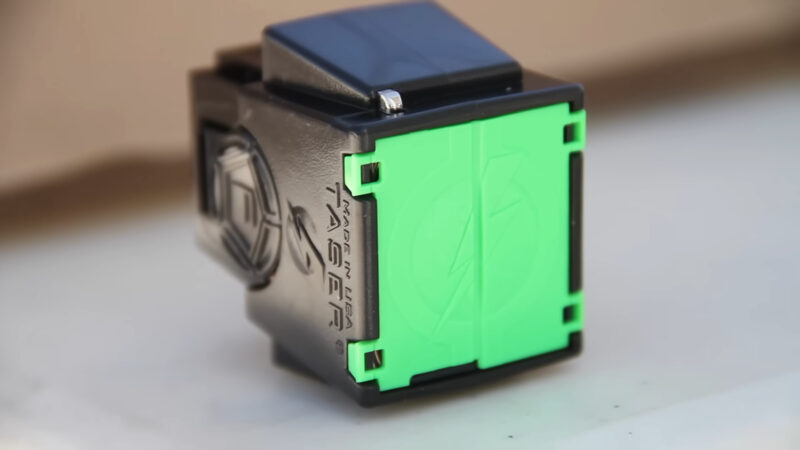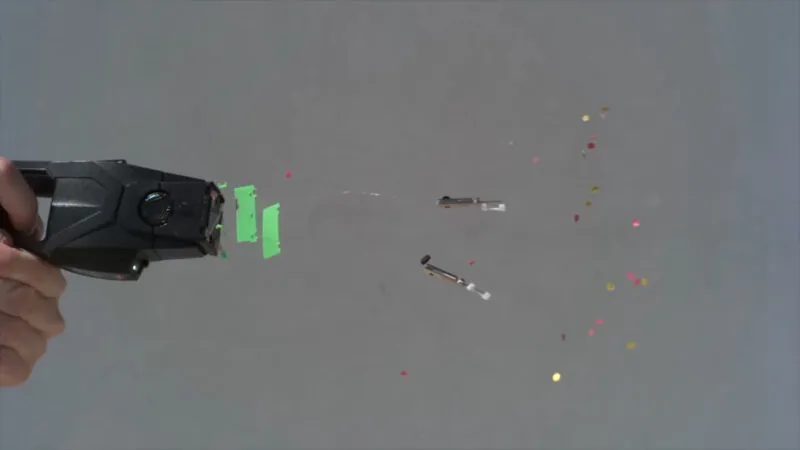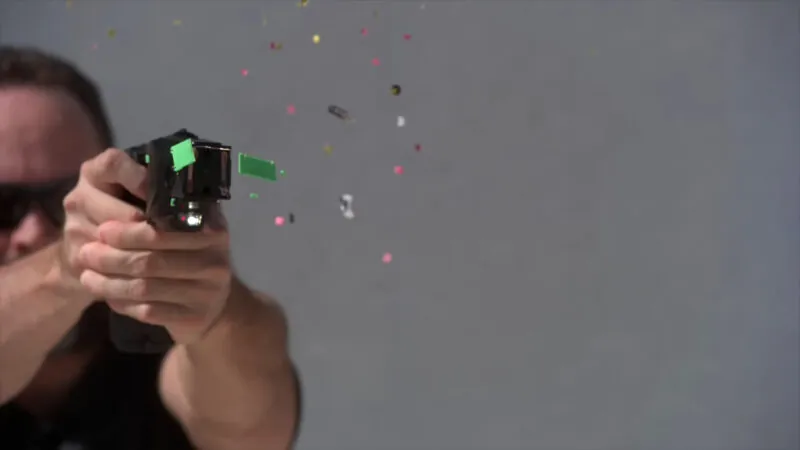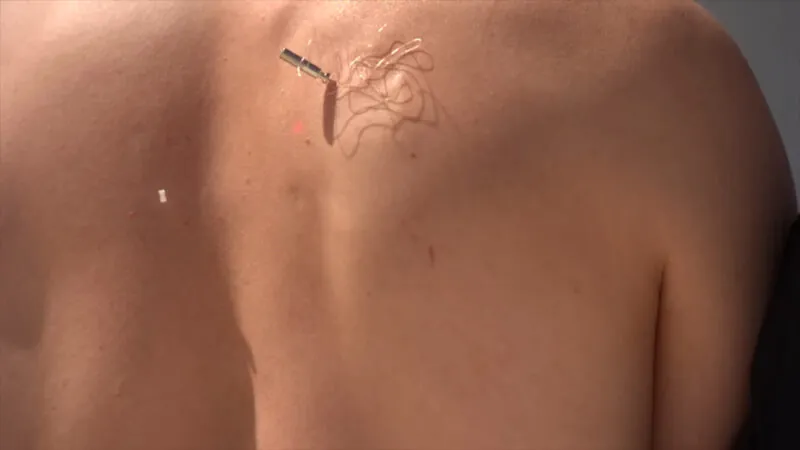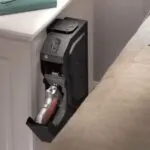You know, these Taser prongs are pretty wild! They’re like tiny little darts that can really pack a punch. I remember the first time I saw one up close – it was at this security training thing I had to go to. The instructor was showing us how they work, and let me tell you, they’re no joke!
Structure and Deployment
These prongs, or “darts” as they call them, are launched out of the Taser using a burst of compressed nitrogen. It’s like a mini-cannon, shooting these barbed little suckers right into the target. The barbs help them stick in there, completing the electrical circuit so the Taser can do its thing. Pretty clever design, if you ask me.
- Design and Launch: Taser prongs are designed to pierce through clothing and skin. They are connected to the Taser’s main unit by thin insulated wires and are propelled toward the target by compressed nitrogen charges.
- Cartridge and Use: Each of them has a cartridge that contains the electrodes and a propellant for one use. Once the Taser is fired, the prongs shoot out at high speed, needing to land at least 4 inches apart to effectively transfer the electric charge.
- Effectiveness: On making contact and maintaining the right distance apart, the prongs complete an electrical circuit. This allows the Taser to send a controlled electric current that disrupts the target’s muscle control, causing temporary incapacitation.
Mechanism of Action
Alright, so once those prongs are in, the Taser sends out these high-voltage, low-amperage pulses through the wires. That’s what really messes you up – it disrupts your muscle control, making you seize up.
Kinda like when you stick your finger in a light socket, but way worse! I heard it’s enough to stop a charging rhino in its tracks. Crazy stuff.
Impact and Safety of Taser Prongs
Now, don’t get me wrong, these Tasers can be dangerous. Tasers and stun guns both can cause some serious problems in your body. I mean, they’re basically delivering an electric shock, so if you’ve got a heart condition or something, it could be real bad news.
But for the most part, they’re supposed to be a safer alternative to other force options. Still, you definitely don’t want to be on the receiving end of one of those jolts!
Additional Shock Capability
Even after the initial barbed prongs have been deployed and made contact, the Taser can continue to deliver electrical pulses through the attached wires. This allows the device to maintain control and incapacitation of the target for an extended period of time, beyond the initial shock.
The operator can choose to deliver these follow-up shocks, often referred to as “cycles,” to prolong the effect and prevent the target from regaining control of their faculties. This capability is a key part of how they are designed to subdue and restrain individuals, going beyond the initial prong deployment.
The ability to continue delivering electrical charges means they can maintain compliance and control over a target even if they try to break free or continue resisting.
Of course, this extended shock capability also raises additional safety concerns, as it increases the duration and intensity of the electrical exposure. Proper training and judgment are critical to ensure tasers are used appropriately and without excessive force.
Removal and Medical Attention
Alright, so let’s say you do get hit with a Taser. The first thing you’re gonna want to do is call for some medical help, because those prongs are no joke to take out. You can’t just yank them out – you need trained professionals to do it carefully, to avoid any further injury. Trust me, you don’t want to try this at home!
Dual Prong Necessity
Now, the cool thing about these Tasers is that they need both prongs to hit the target in order to work. It’s like a built-in safety feature – if one prong misses, the circuit doesn’t complete, and no shock for you! Gotta love that attention to detail. Anyway, remember that these two prongs are connected to long pieces of metal string.
When the Taser is shot, the prongs hit the person and electricity moves along the metal string to shock the person. If a person is very close, the prongs do not have to shoot but they will still shock.
Conclusion
So there you have it, the lowdown on Taser prongs. These little guys are serious business, but they’re designed to be a safer alternative to other force options. The ability of them is to deliver extended electrical shocks beyond the initial prong deployment is a key feature. It allows them to maintain control and compliance over targets.
However, this extended shock capability also raises important safety concerns that require careful training and judgment to ensure Tasers are used appropriately and without excessive force. Just don’t go sticking your finger in any light sockets, okay? Leave that to the professionals!

